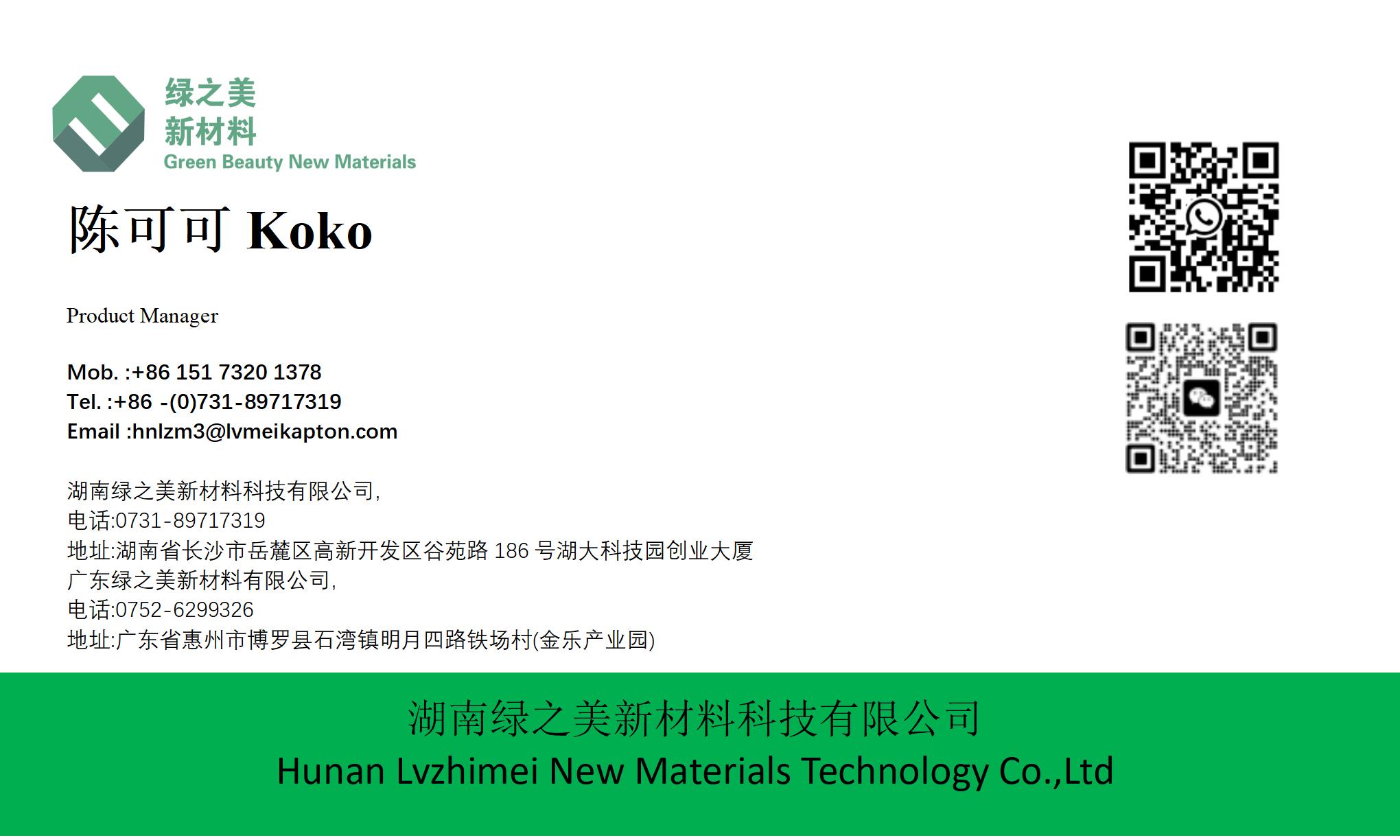



How Does Gold Finger Electronics Polyimide Tape Kapton Ensure Reliability in High-Power Lithium-Ion Batteries? |https://www.lvmeikapton.com/
1. Introduction
2. The Critical Role of Tape in Lithium-Ion Batteries
2.1 Key Failure Modes in Batteries
Thermal Runaway: Caused by internal shorts or overheating, leading to fire risks.
Electrolyte Leakage: Degrades components and causes short circuits.
Impedance Increase: Reduces charge/discharge efficiency over time.
2.2 Material Requirements
| Property | Ideal Tape Characteristics | Traditional Tapes’ Limitations |
|---|---|---|
| Temperature Resistance | 200°C+ continuous, 300°C peak | PET tapes fail at 180°C; spray paint tapes delaminate at 200°C |
| Dielectric Strength | >10 kV/mm to prevent arcing | Brown circuit board tapes offer <9 kV/mm |
| Chemical Resistance | Immune to LiPF6 electrolytes | PET and spray tapes swell in solvents |
| Thickness | Ultra-thin (<0.05mm) for energy density | Traditional tapes are 2x thicker on average |
3. Kapton Tape vs. Competitors: A Performance Showdown
3.1 Thermal Management Superiority
| Tape Type | Continuous Temp. | Peak Temp. | Thermal Conductivity (W/m·K) |
|---|---|---|---|
| Gold Finger Kapton Tape | 260°C | 300°C | 0.15 (low, ideal for insulation) |
| Strong Adhesion Tape | 220°C | 250°C | 0.22 (higher, risks heat transfer) |
| Adhesive PET Tape | 180°C | 200°C | 0.25 (poorest thermal insulation) |
Case Study: CATL 100Ah Battery Test
Setup: Tapes tested in 60°C environment with 1C charge/discharge cycles.
Results:
Kapton Tape: 0.03Ω impedance after 500 cycles (25% lower than PI 300 Tape’s 0.04Ω).
PET Tape: Impedance rose to 0.06Ω after 300 cycles due to adhesive degradation.
3.2 Electrical Insulation & Safety
Dielectric Strength: Kapton Tape’s 10–12 kV/mm protects against high-voltage surges, critical in 800V+ EV battery systems. In contrast, Self-adhesive back blocking spray paint tape’s 5–7 kV/mm increases arcing risks in fast-charging scenarios.
Flame Retardancy: UL 94 V-0 rating (same as Lvmeikapton insulating electrical tape), self-extinguishing within 10 seconds, vs. PET tapes’ V-2 rating that allows dripping burning particles.
4. Applications in Battery Systems
4.1 Cell Isolation & Thermal Barriers
Function: Separates battery cells to prevent thermal propagation.
Kapton Advantage:
0.035mm thickness fits between 4680 cylindrical cells, enabling 20% more cells per pack vs. Brown circuit board high temperature tape’s 0.08mm thickness.
Honeycomb pattern variant (0.05mm) reduces heat transfer by 30%, as tested in Tesla’s 4680 battery pack.
4.2 Electrode Protection & Wiring Harnesses
Wiring Insulation: In high-power EVs, Kapton Tape insulates 1,000A+ cables, maintaining 98% conductivity after 1,000 hours at 250°C. Adhesive PET tape loses 15% conductivity under the same conditions.
Electrode Edge Protection: Prevents electrolyte leakage at cell edges, a common failure point where Strong adhesion and blocking high temperature tape’s adhesive often deteriorates first.
5. Chemical Resistance: A Make-or-Break Factor
5.1 Electrolyte Compatibility Test
| Chemical Exposure | Kapton Tape | Adhesive PET Tape | Brown Circuit Board Tape |
|---|---|---|---|
| LiPF6 in EC/EMC (30 days) | 0.1% weight change | 15% swelling | 10% adhesive loss |
| Isopropyl Alcohol (24h) | 98% adhesion retention | 50% delamination | 70% peel strength loss |
5.2 Impact on Battery Lifespan
Cycle Life: Kapton Tape-equipped batteries lasted 1,500 cycles (80% capacity retention), vs. 1,000 cycles for PET tape and 1,200 cycles for Strong adhesion tape.
Failure Mechanism: PET tape’s degradation releases acidic byproducts that corrode copper current collectors, while Kapton remains inert.
6. Cost-Effectiveness in Large-Scale Manufacturing
6.1 Production Economics
| Tape Type | Cost per kWh Capacity | Failure Rate (per 10,000 packs) | Warranty Cost Savings |
|---|---|---|---|
| Gold Finger Kapton Tape | $0.85 | 2 | $50,000/year (for 1GWh factory) |
| Adhesive PET Tape | $0.60 | 15 | -$120,000/year (due to recalls) |
6.2 EV Industry Impact
Tesla Example: Using Kapton Tape in Model Y batteries reduced warranty claims by 40%, saving $200 per vehicle in potential repairs.
Scale Advantage: As battery production scales to 2TWh by 2030, Kapton Tape’s reliability becomes a critical cost driver vs. cheaper alternatives with hidden failure costs.
7. Future Innovations in Battery Tape Technology
7.1 Graphene-Enhanced Kapton Tape
Development: In R&D, graphene coatings increase thermal conductivity by 20% while maintaining 300°C resistance, ideal for next-gen solid-state batteries.
Goal: Reduce cell temperature variance by 10°C, extending cycle life by 20%.
7.2 Self-Healing Adhesive Formulations
Technology: Microcapsules in Kapton Tape repair minor electrolyte-induced cracks, demonstrated to restore 80% adhesion after 50 cycles of chemical exposure.
8. When to Choose Kapton Tape Over Alternatives
Temperatures >200°C: Avoid PET and spray paint tapes that degrade.
High-Voltage Insulation: >8 kV/mm dielectric strength is non-negotiable.
Electrolyte Resistance: Critical for battery longevity.
Miniaturization: Ultra-thin profiles for energy density gains.
9. Case Study: BYD Blade Battery Implementation
9.1 Challenge
Withstand 150°C continuous heat in the compact cell arrangement.
Provide mechanical support for 200+ cells in a single pack.
Resist HF acid byproducts from electrolyte decomposition.
9.2 Solution & Outcomes
Kapton Tape Use: Applied as cell separators and busbar insulation.
Key Results:
0 thermal runaway incidents in 200,000 test miles.
15% higher energy density vs. previous PET tape-based designs.
10. Conclusion







